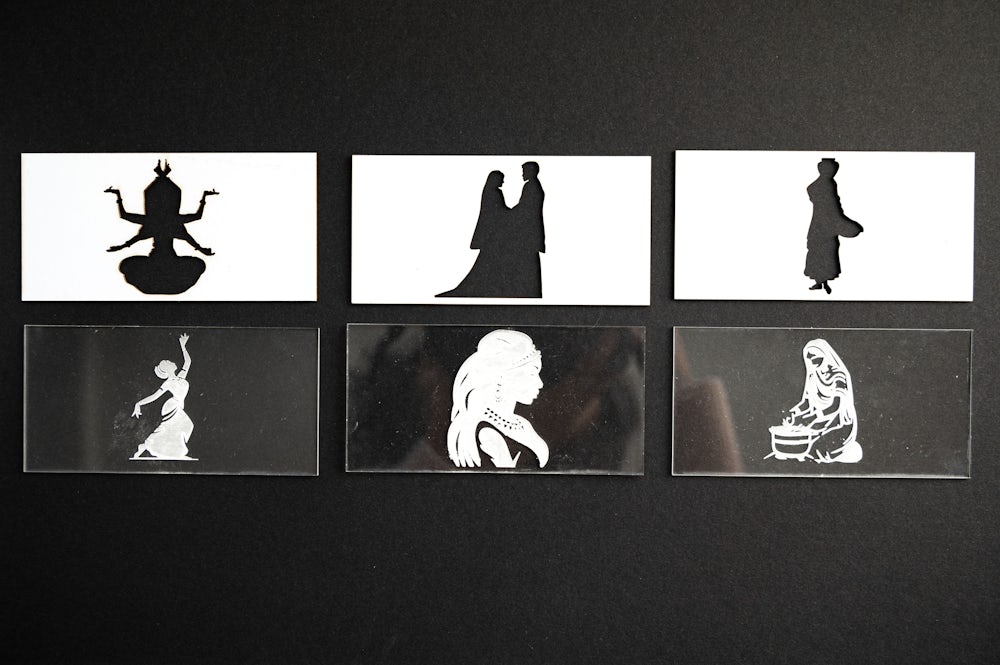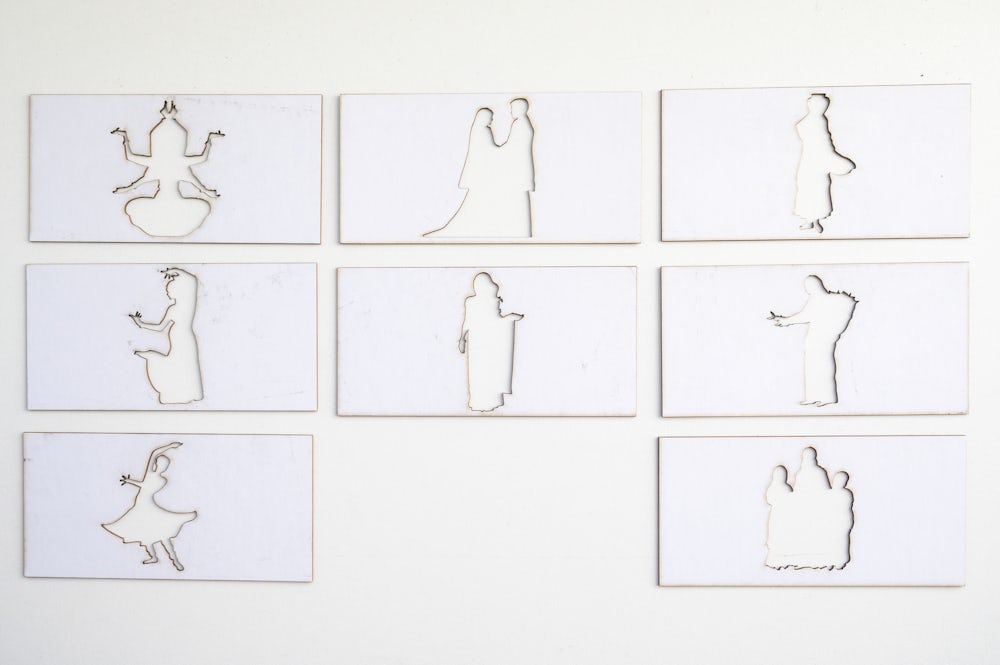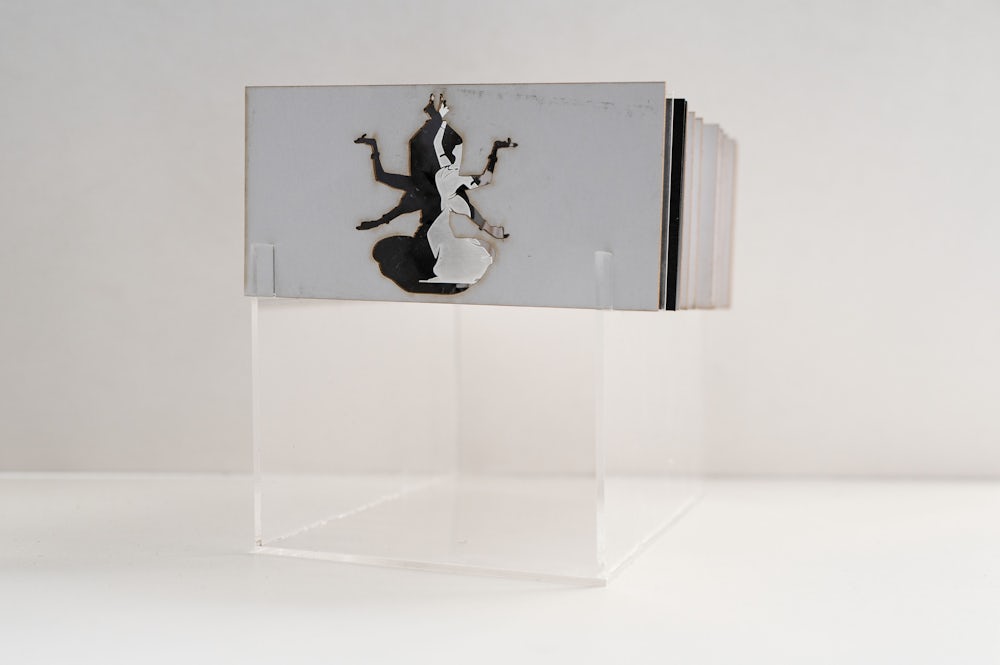Vaishali Odedra
"Silhouettes of Tradition: The Jhumka’s Role in Wealth, Power & Gender Inequality"
Keywords: feminism, moving-image
The project aimed to critically analyse the Jhumka (traditional earring) and its ritual significance associated with marriage essentialism, as well as its role in different stages of life in a contemporary context. Jhumkas carried deep cultural and religious symbolism. Their history traced back to ancient India, where traditional dancers and royalty first wore them. Traditionally crafted from gold or silver and adorned with precious gemstones, Jhumkas reflected the wealth and status of the wearer. Over time, they evolved to include varied designs and materials while retaining their iconic bell shape. With the advent of imitation jewellery, using cheaper materials like brass or copper, Jhumkas became more accessible across social classes. In some regions, they were a symbol of marriage and were worn by brides on their wedding day.
As accessories that signified wealth and power, jhumkas worn during marriages often raised questions about their reflection on societal expectations, suggesting that the stability of marriage rested heavily on the woman. In Indian culture, marriage was tied to the idea of ‘matrimony’s essentialism,’ which signified institutionalised gender inequality. This often meant that women were expected to manage the household and children, sacrificing personal desires and ambitions. Observing these dynamics in my small town in India compelled me to explore these issues in a medium accessible to all. I chose to work with a mix of archival moving images, as visual storytelling was universally understood, even by those who could not read. Indian cinema had long influenced generations, making this visual approach effective for reaching a wider audience.
The project draws from Kara Walker’s silhouette art, employing hollow-cut black silhouettes to depict women in three archetypal roles: dancers, brides, and housewives. These figures unite women across regions and religions, highlighting their shared experiences while centring them in visual narratives. By framing women as focal points and minimising background distractions, the work challenges traditional norms and amplifies often-overlooked perspectives on gender, power, and inequality.







